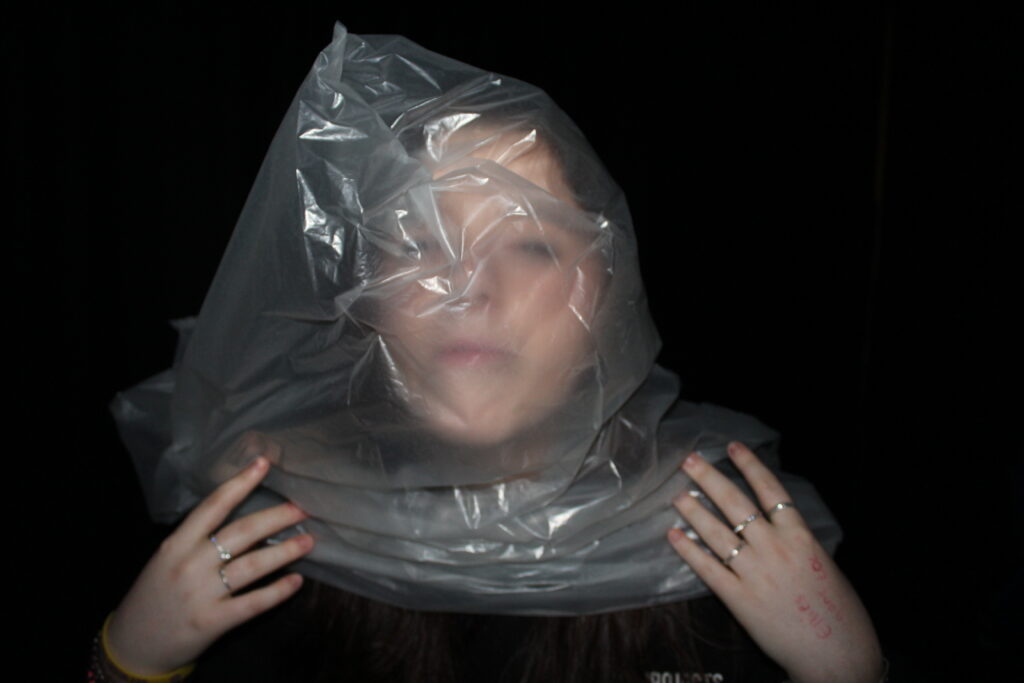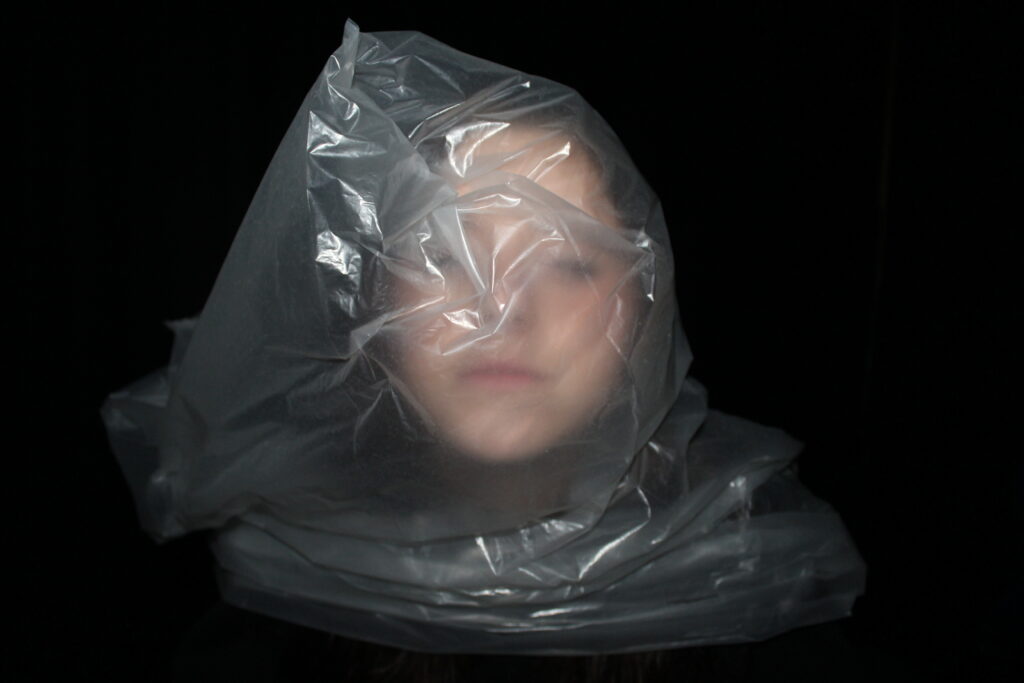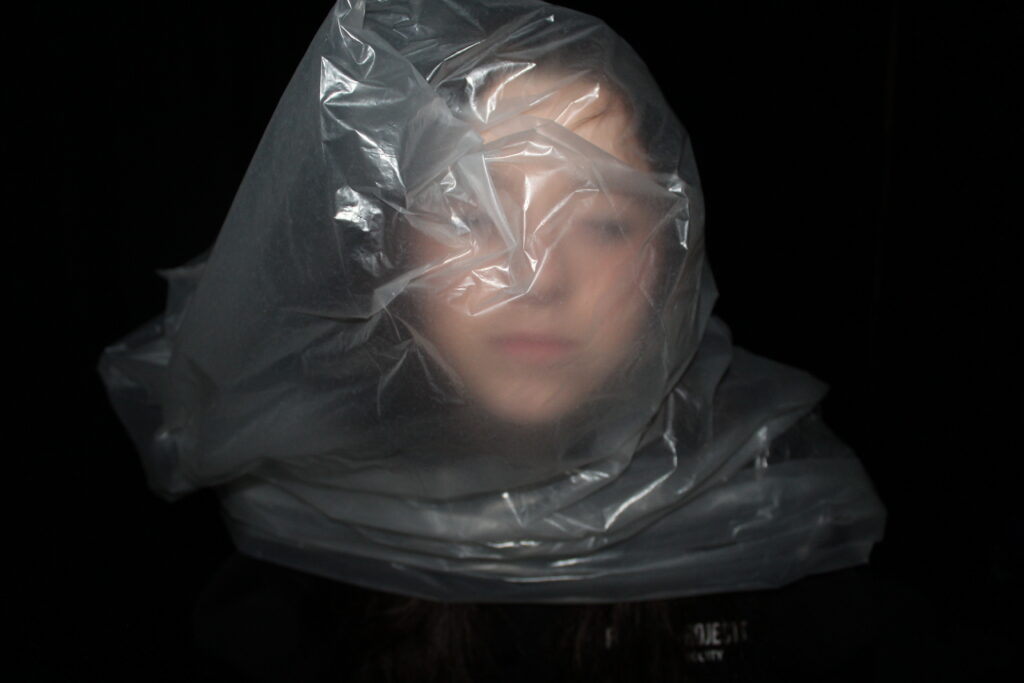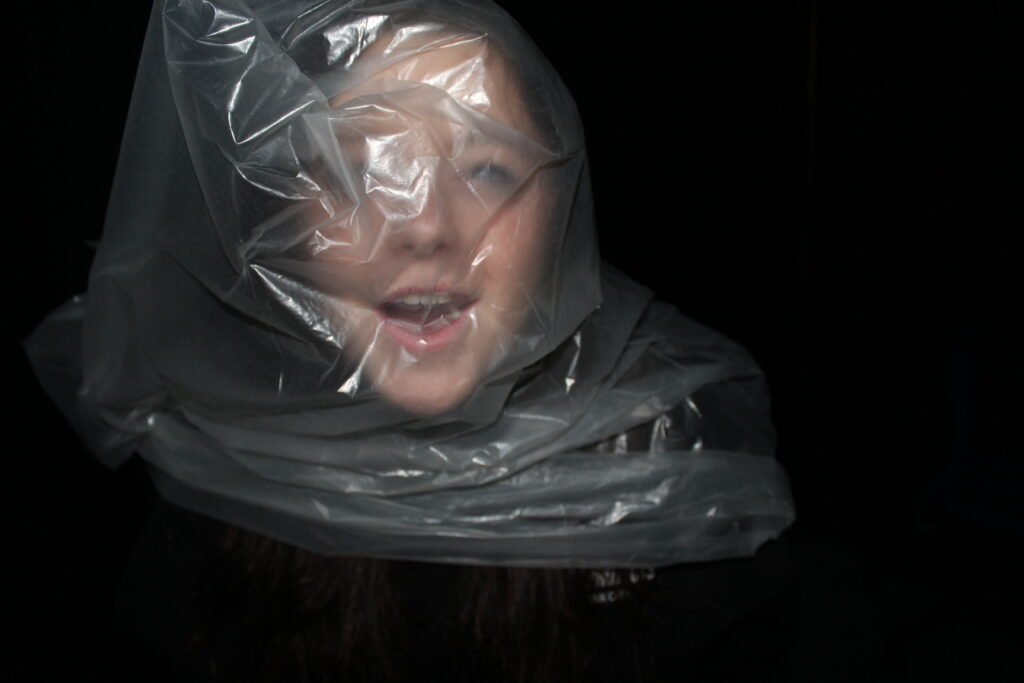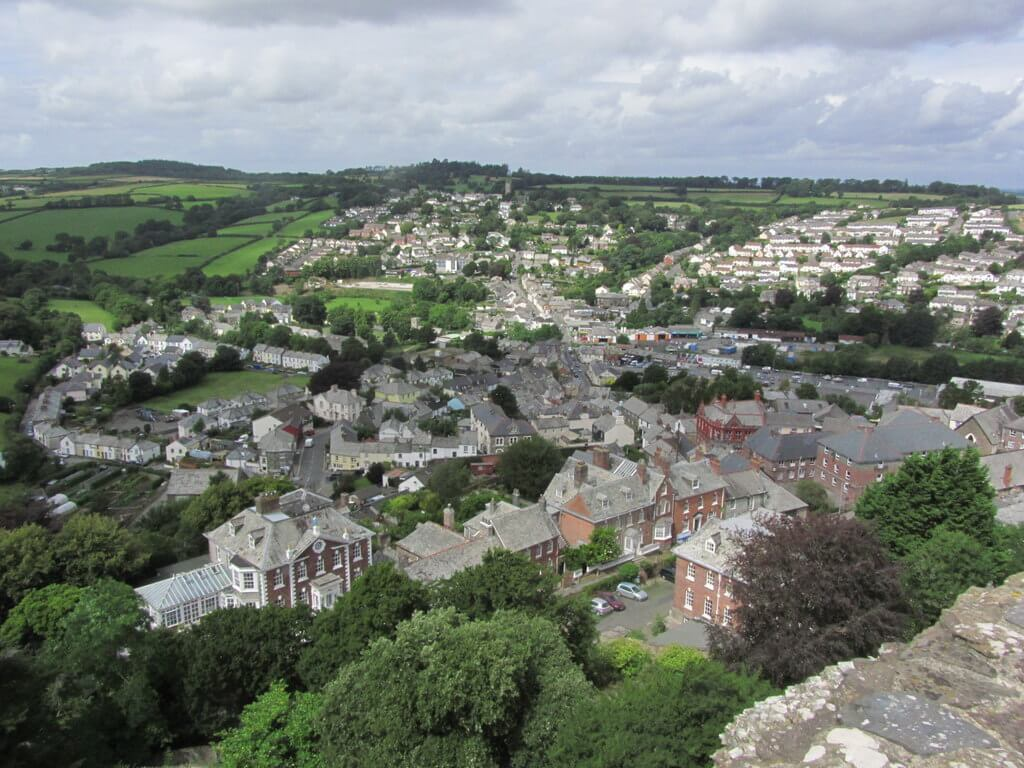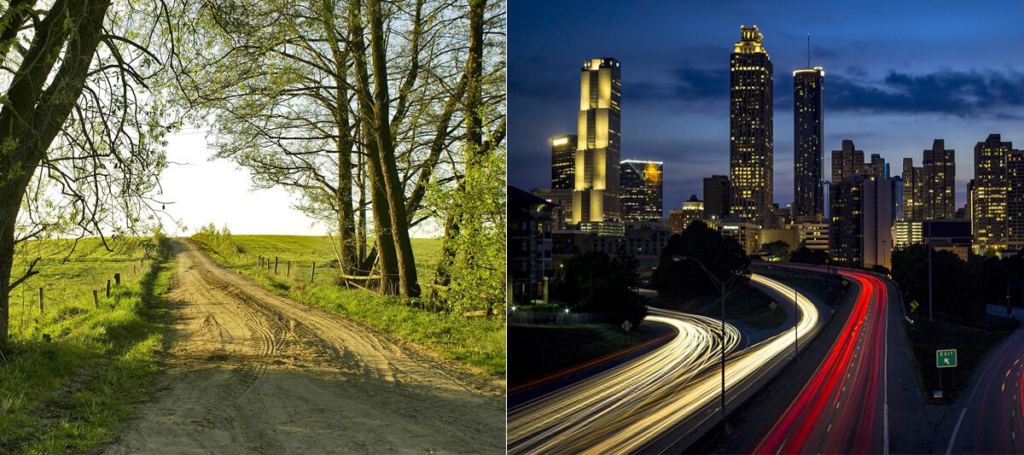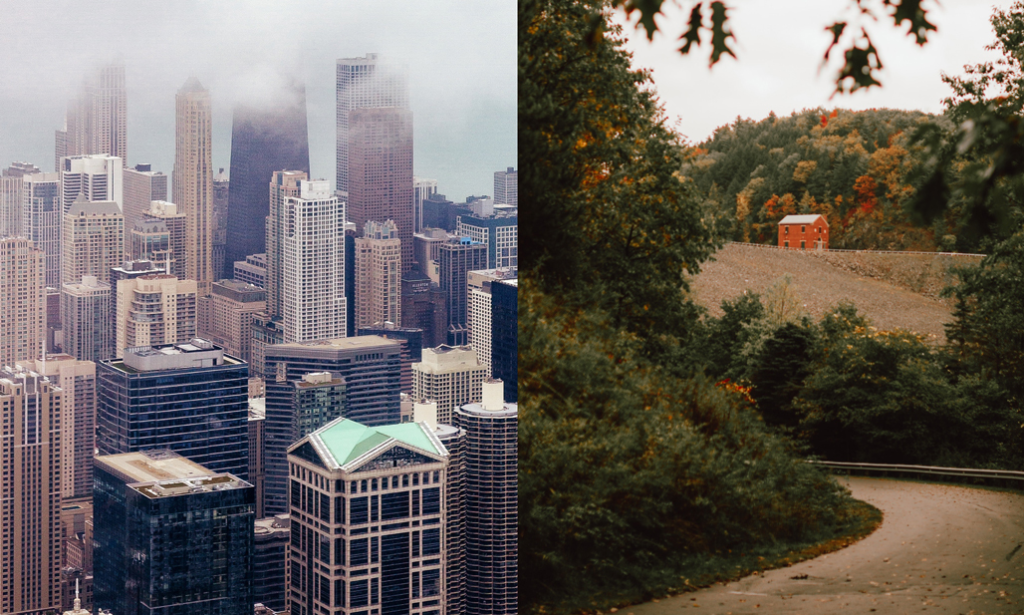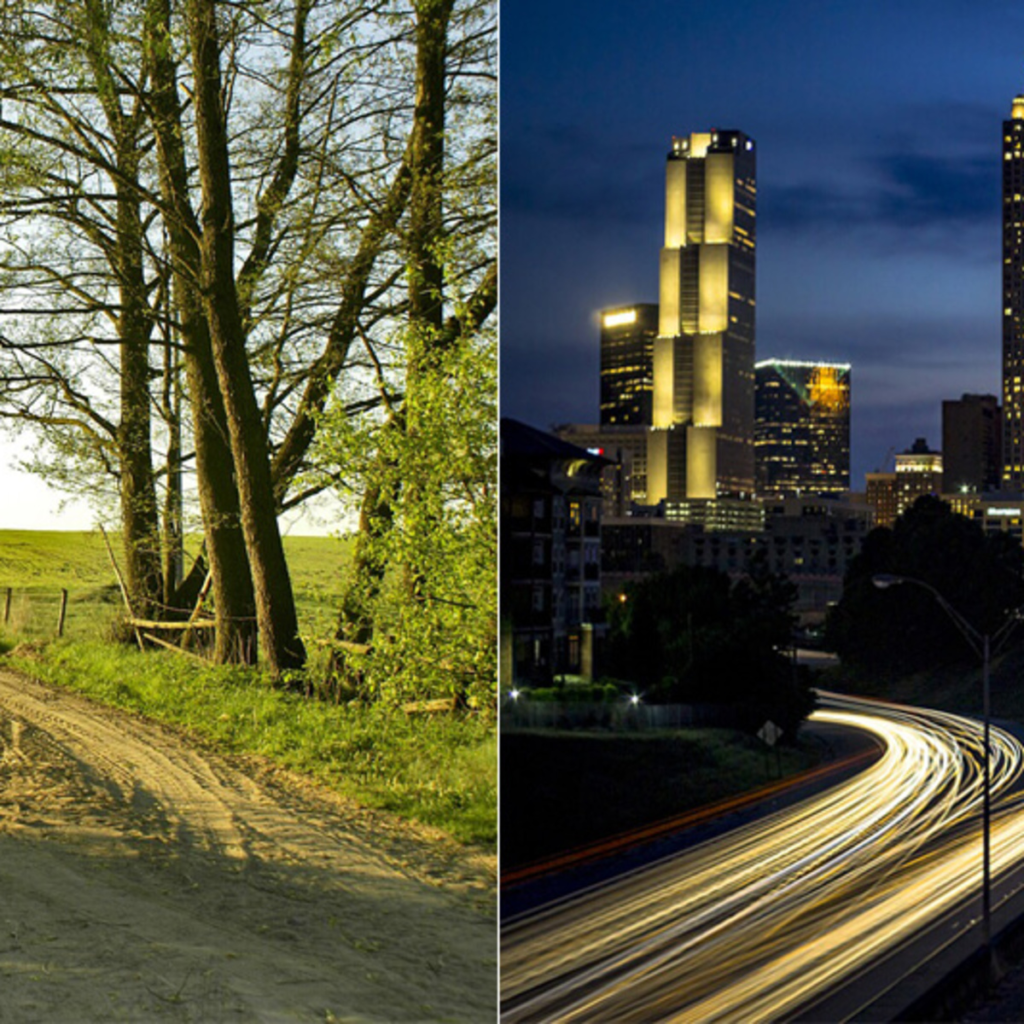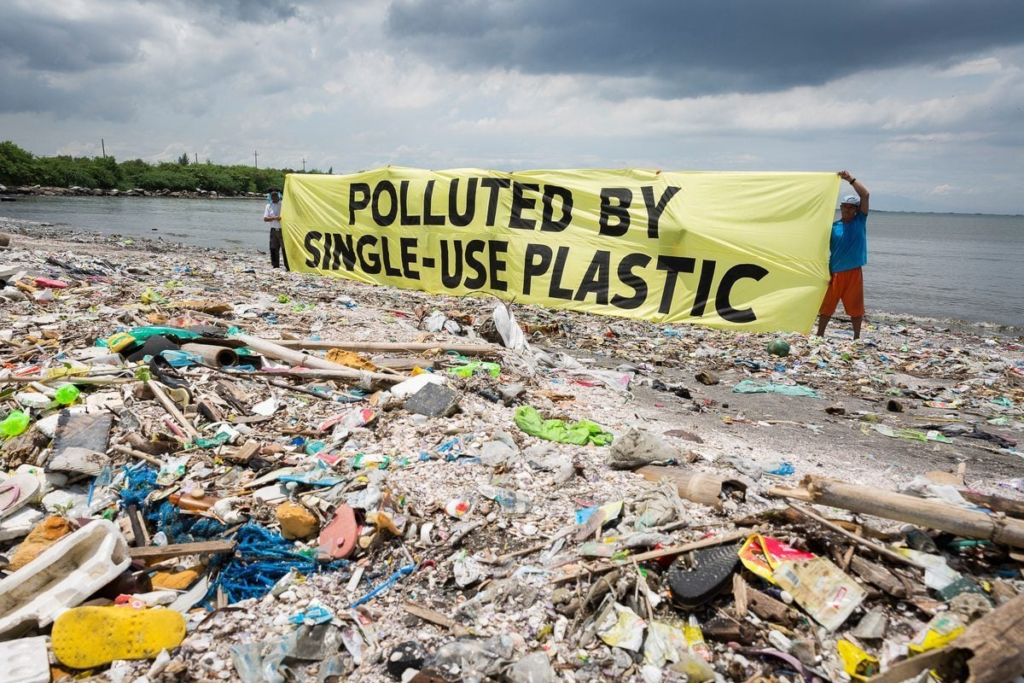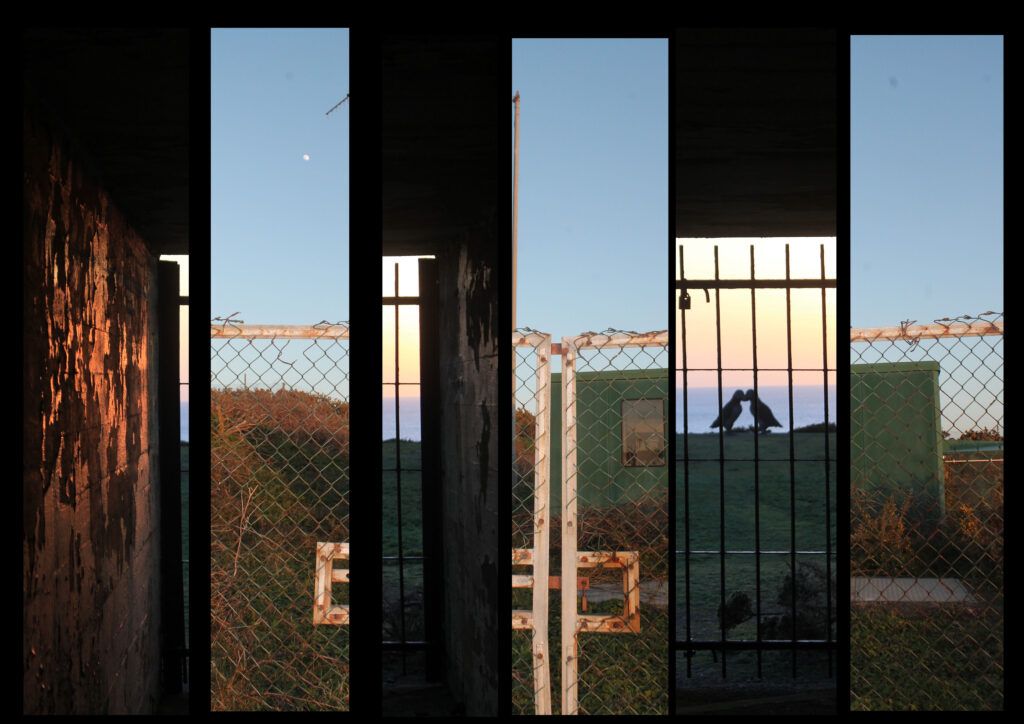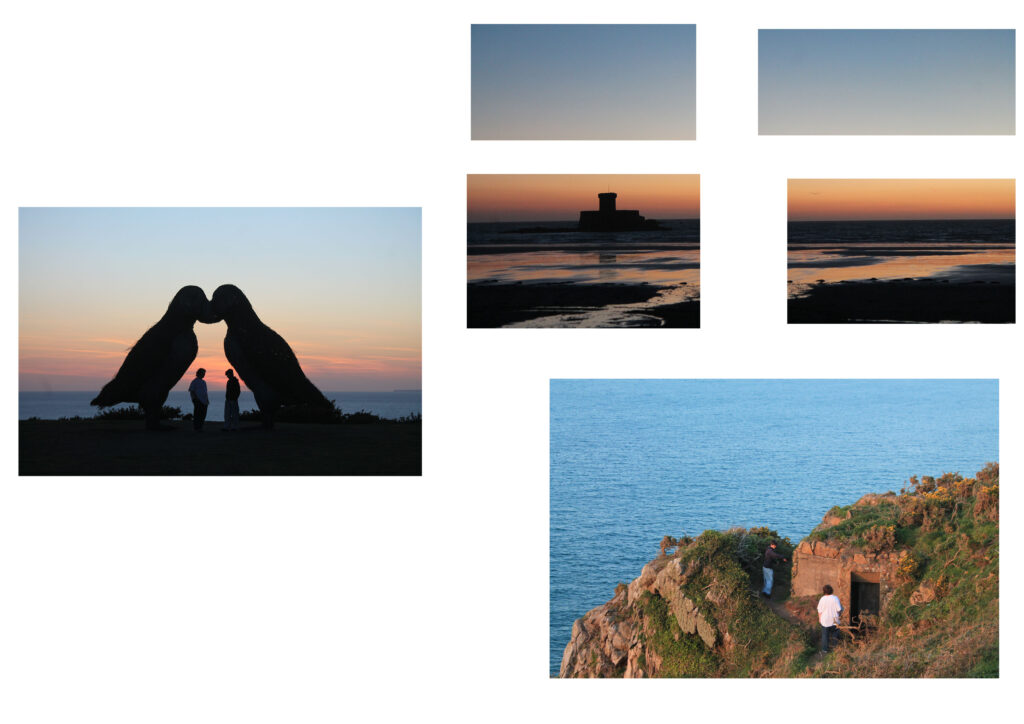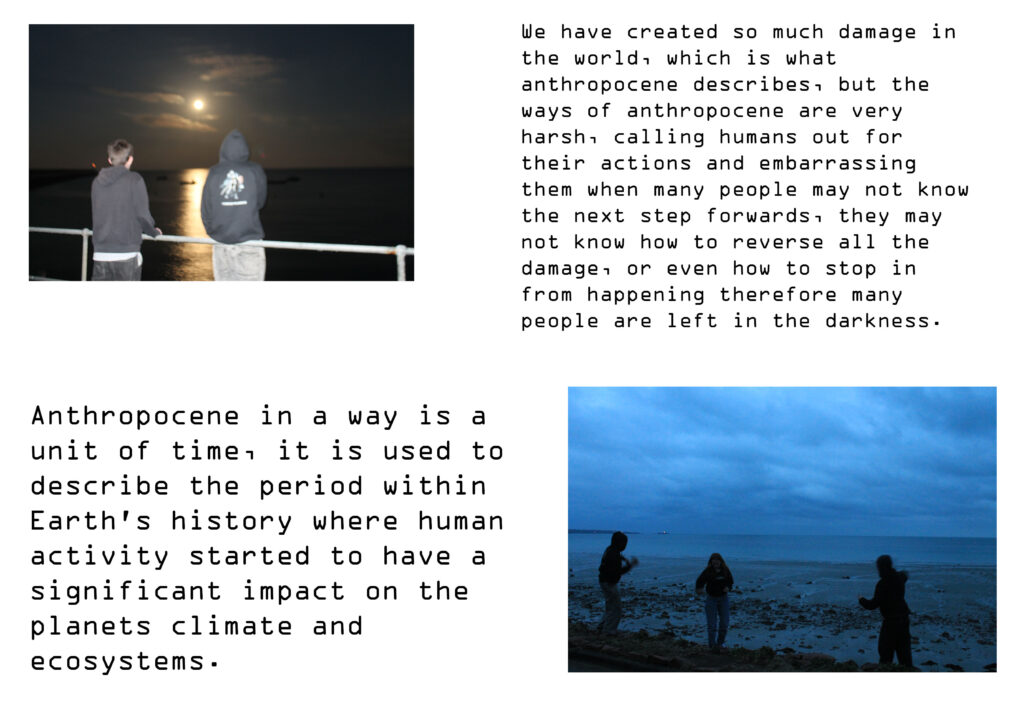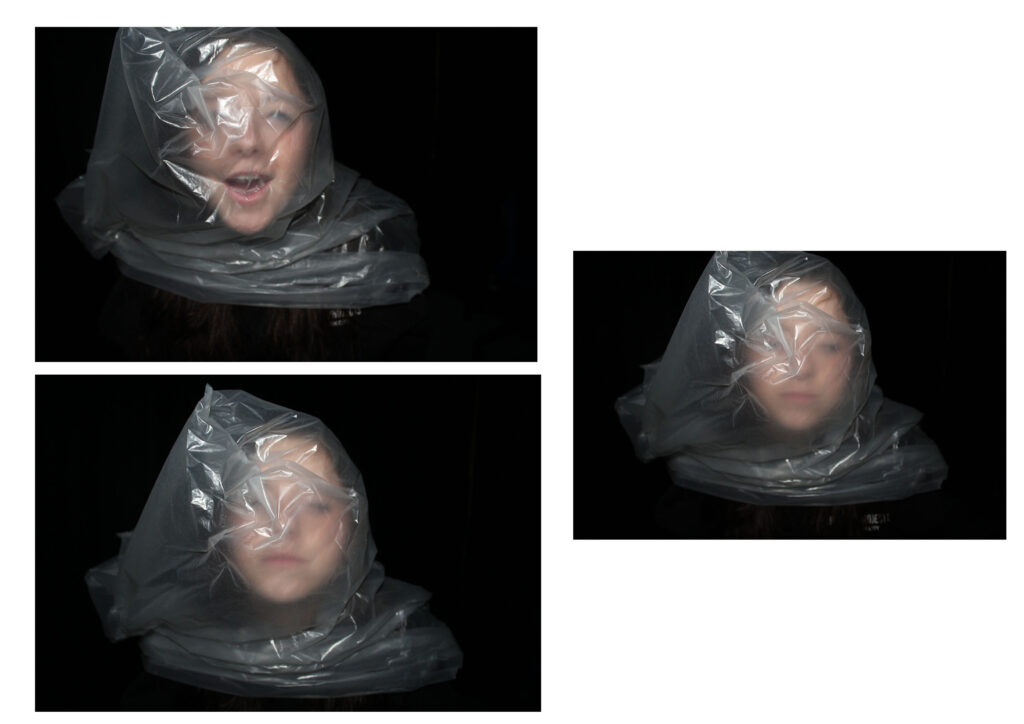What Is The Anthropocene?
Anthropocene is sometimes used to describe the period of time where human activity had a substantial impact on Earths climate and environment. The Anthropocene began in the 1950s. The word combines the Greek words “anthropo” which means “human”, and “-cene”, which is the standard suffix for “epoch” in geological time. The term was coined and made popular by biologist Eugene Stormer and chemist Paul Crutzen in 2000.




Scientists have agreed that the acceleration of global warming and climate change is mostly through human activity, rather than natural processes. Four of the main causes of the Anthropocene is agriculture, urbanisation, deforestation and pollution.
These human actions cause changes in water cycle, imbalances and destructions of marine and terrestrial ecosystems, an increase of extreme meteorological phenomena, and the acidification of the oceans or disappearance of forests. Some examples of photographers which have focused their photography on the Anthropocene are; Edward Burtynsky, George Marazakis, Alessandro Zanoni, James Balog, etc.
Edward Burtynsky
Edward Burtynsky is a Canadian photographer, who is best known for his global industrial landscapes which represent over 40 years of his dedication to shining a light on the detrimental impact of the human industry on the planet. He was born February 22, 1955 of Ukrainian heritage in St. Catharine’s, Ontario. Furthermore, Burtynsky received his BAA in Photography/Media Studies from Toronto Metropolitan University in 1982, as well as receiving both an Alumni Achievement Award in 2004 and an Honorary Doctorate in 2007.
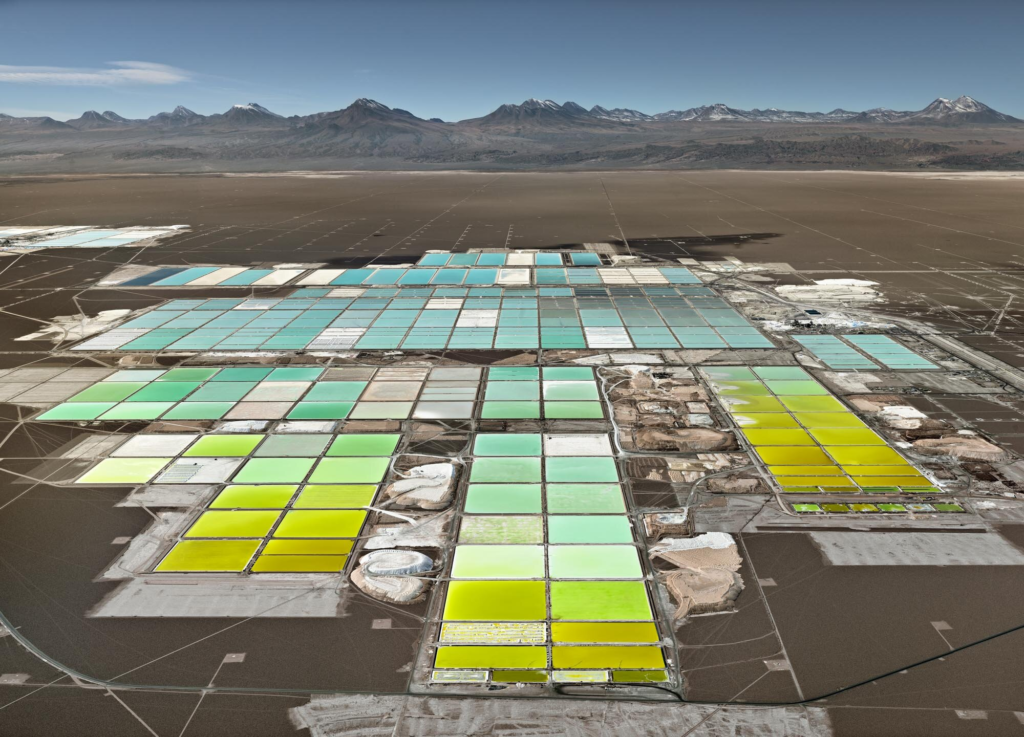




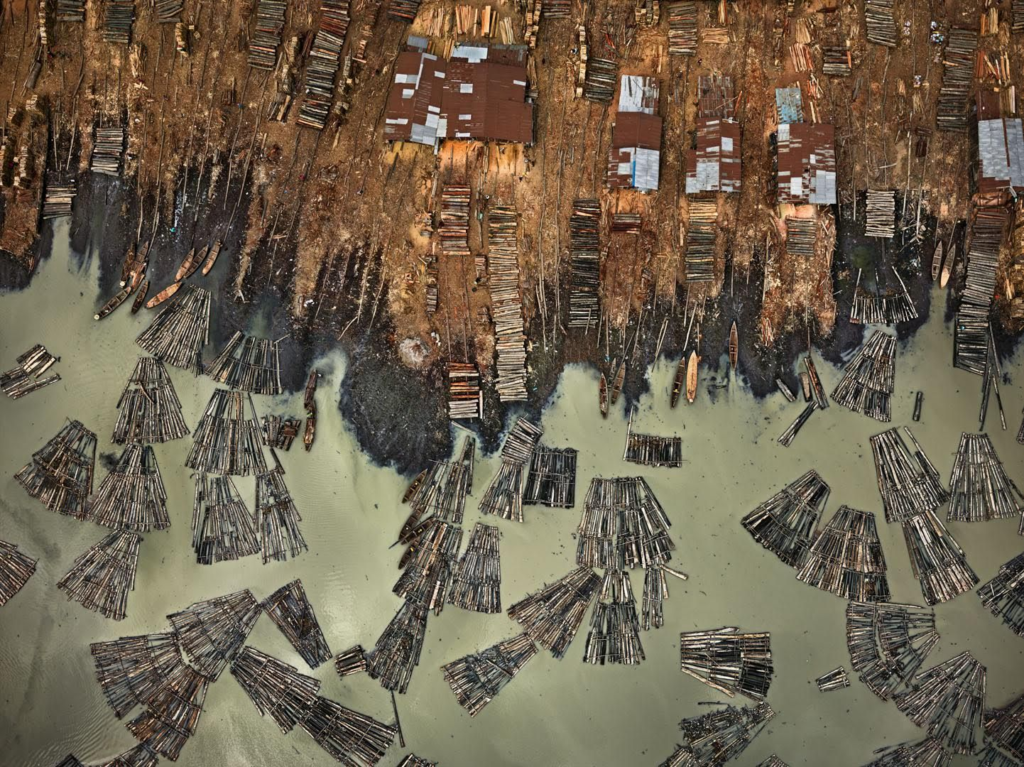
Edward Burtynsky was a director for the documentary released in 2018 called; ‘Anthropocene: The Human Epoch’, which takes a look at six continents and twenty different countries to capture the catastrophic effects that humans have had on Earth’s climate and environment over the last century. Burtynsky states; “I have come to think of my preoccupation with the Anthropocene — the indelible marks left by humankind on the geological face of our planet — as a conceptual extension of my first and most fundamental interests as a photographer. I have always been concerned to show how we affect the Earth in a big way. To this end, I seek out and photograph large-scale systems that leave lasting marks.” which shows his focus when photographing these types of landscapes related to the Anthropocene.
George Marazakis
George Marazakis is a Greek photographer who considers and approaches the Anthropocene as a concept and title for a series, dealing with human activity having dominating effects on the climate and environment. Marazakis was born in 1976 in Creta Island, Greece. He studied Mechanical Engineering and works for the Municipal of Heraklion.





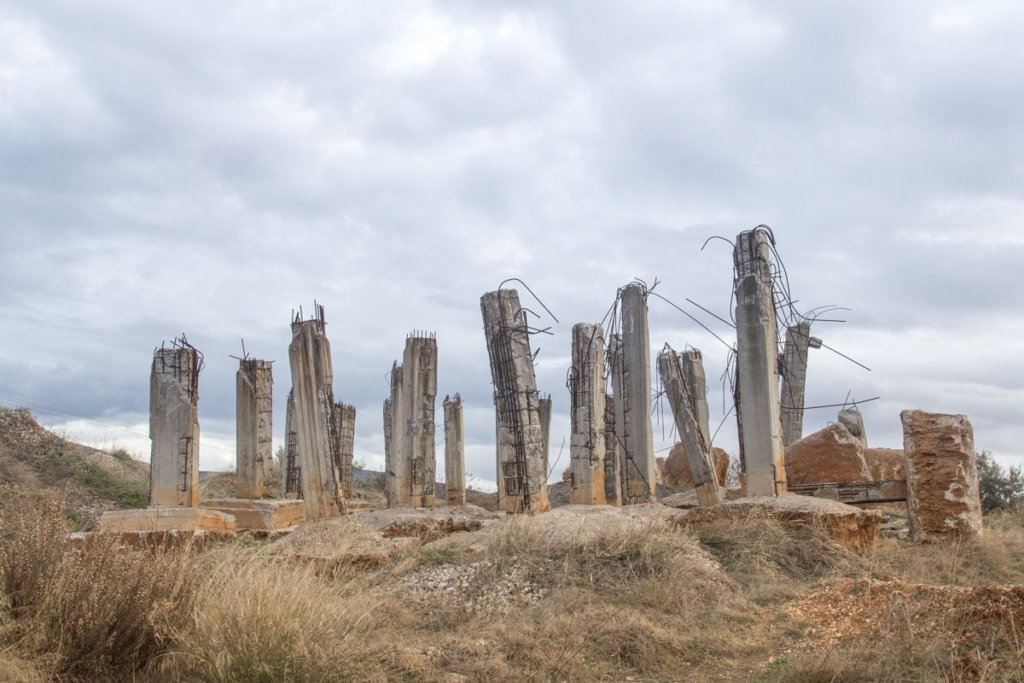
George Marazakis’ series called ‘A Cure for Anthropocene’ considers how humanity’s impact on Earth’s geology is so critical that the current Geological epoch which began 11,650 years ago, Holocene, is being proposed to be replaced by a new one called Anthropocene. Marazakis states; “If we assume that humans, and by extension, human civilization is a product of nature, considering the way that appeared, as small growing changes in topography, an external observer could describe it as an autoimmune disease attacking its own body. However, what would be considered as a disease is our very existence and the cure, the ecological movement, does not aim at the salvation of the planet but at the salvation of human existence on the planet.” which shows his concern for the Anthropocene.

This is a digital landscape photograph by George Marazakis, from his series “A Cure for Anthropocene”. The composition features a factory emitting clouds of smoke far in the background as the focal point, surrounded by barren fields and mountains behind it. The road acts as leading lines which start in the foreground, stretches past the midground, and draws the viewers eyes towards the background’s industrial buildings. I believe this photo does not follow the rule of thirds, because the horizon is more centred in the image, and the focal point does not fall on any of the rule of third lines. The lighting appears to be natural daylight on a cloudy, overcast day.
No aspects of the photo are overexposed or underexposed, and the contrast appears to be not too strong. The depth of field is sharp so I believe the aperture is f/11, as the background and midground is clear and not blurry. The shutter speed appears to be 1/125, and the image is not grainy, so I believe the ISO is around 100-200. Furthermore, the context of this image aims to shed light on the Anthropocene, and the pollution released from these industrial buildings, caused by humans.

